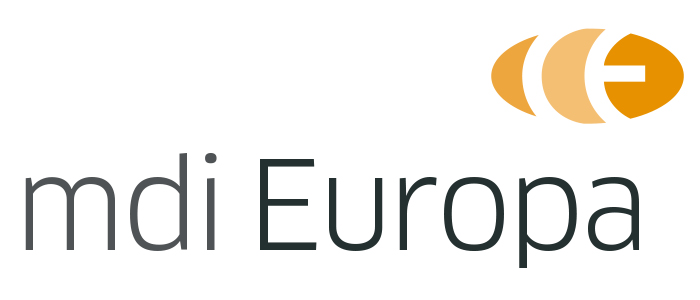The European Commission’s Medical Devices Coordination Group (MDCG) recently published two guidance documents on timelines for device registration and on registration expectations for manufacturers of legacy devices. Legacy devices in this context refer to those devices that will be placed on the market with a directive certificate beyond May 26, 2020 (MDR date of application) or May 26, 2022 (IVDR date of application) respectively.
The intention of these guidance documents is to close gaps in the interpretation of the aforementioned timelines and registration requirements.
Timelines
Article 29 of the MDR provides for the registration of devices in EUDAMED as of May 26, 2020 with the data elements listed in annex VI, part A, section 2 and annex VI, part B of the MDR. However, the present guidance takes the position that article 123(3)(e) defines a transition period for the provision of these data elements of 18 months, or, if EUDAMED should not be fully functional on time, of 24 months.
The guidance document also makes clear that manufacturers nonetheless have to assign the Basic UDI-DI and UDI-DI as of May 26, 2020.
The guidance document also makes clear that manufacturers nonetheless have to assign the Basic UDI-DI and UDI-DI as of May 26, 2020. Also, the full registration of devices may become necessary before the end of the above-mentioned transition period if a relevant serious adverse event must be registered in EUDAMED.
Legacy Devices
As already mentioned in earlier discussions, manufacturers of legacy devices must in accordance with articles 120(3) of the MDR fulfill the MDR requirements on post-market surveillance, market surveillance, vigilance, registration of economic operators as of May 26, 2020. Although manufacturers of legacy devices do not have to fulfill the normal MDR UDI obligations they are obliged to fulfill registration requirements, which in turn requires the implementation of the UDI system. This is where the explanatory gap persisted.
With the present guidance document, the bottom line is that the MDCG expects manufacturers to register their devices into EUDAMED 18 or 24 months respectively after the date of application as stated above. In addition, the registration of legacy devices may become necessary earlier if a relevant serious adverse event must be registered in EUDAMED.
For this purpose, EUDAMED will allow for the registration of legacy devices also if no Basic UDI-DI and UDI-DI has been assigned yet. Accordingly, there will be a EUDAMED-DI instead of the Basic UDI-DI and a EUDAMED-ID instead of the UDI-DI. The EUDAMED-DI may entirely be generated by EUDAMED or partially assigned by the manufacturer. The EUDAMED-ID will always be generated by EUDAMED.
Further details can be retrieved from the corresponding guidance documents. Should you wish to review the full versions, please let us know and we will be happy to provide. The aforementioned considerations apply mutatis mutandis for the IVDR, i.e. while making the necessary alterations to account for the IVD Regulation specifics.
Please note also that the MDCG documents are only guidance. They are representing the current position and opinion of the European Commission, but they are not legally binding.
Sources: MDCG guidance documents on devices registration and registration of legacy devices
Readers of this article might also find educating
Article on Unique Device Identification and Regulations.
The mdi Europa download section of legislation documents.





